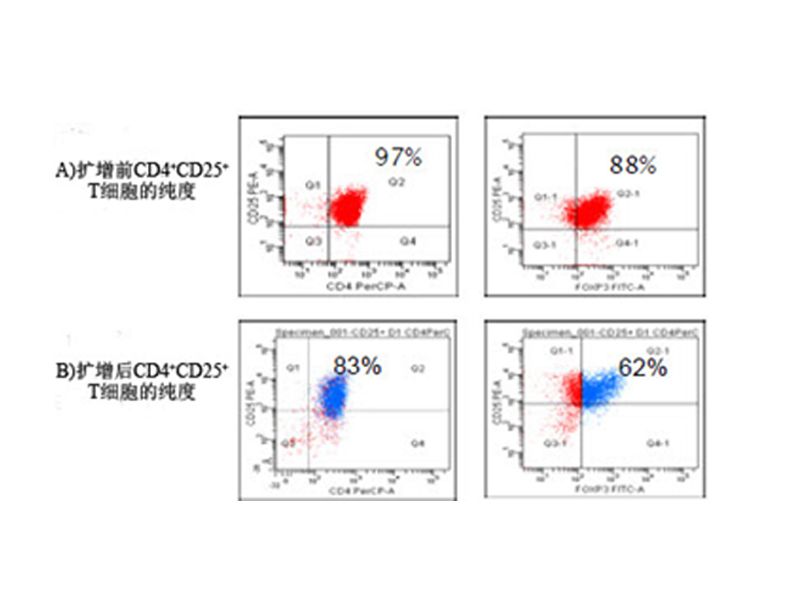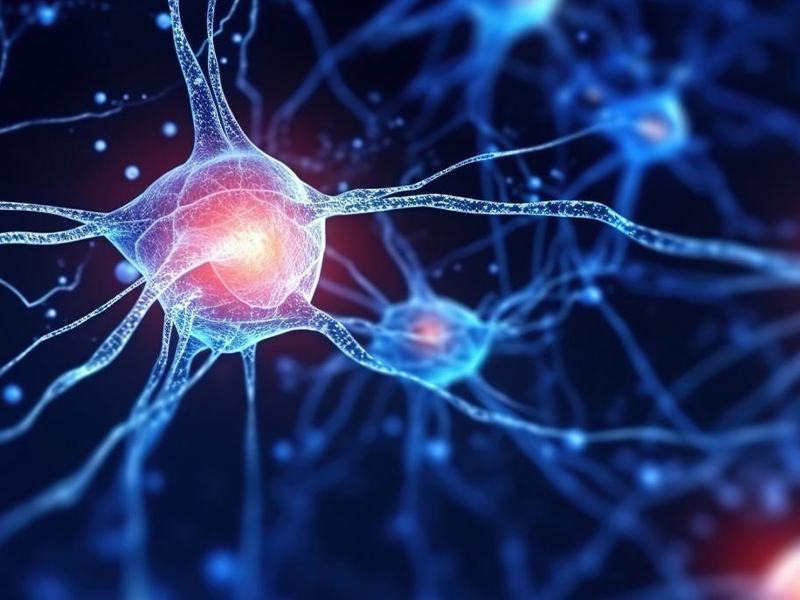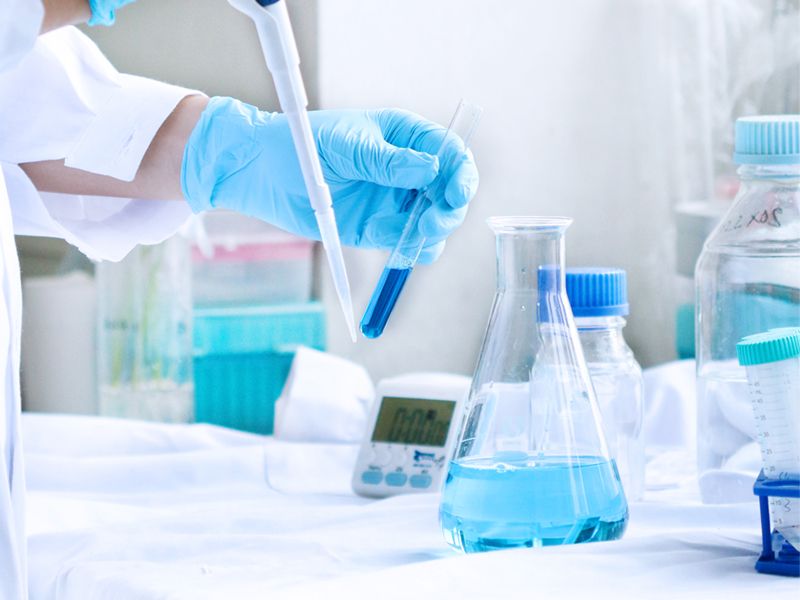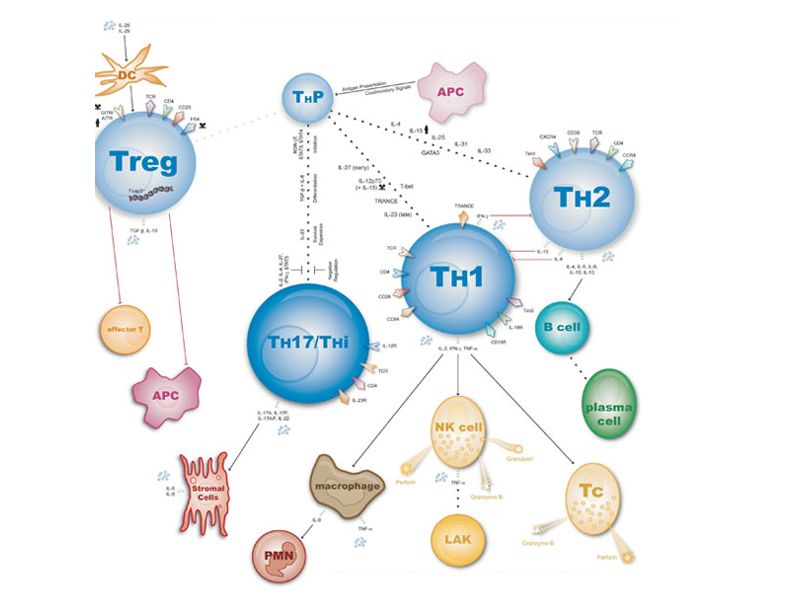http://www.liankebio.com/article-information_Newsletter-1253.html
作者:联科生物 发布日期:2014-01-26 07:00
 1.B18R的组成及作用
2.B18R无需病毒载体,无需反复转染,效率更高 近年来,研究者在培养基中添加B18R蛋白,抑制IFN诱导的凋亡,提高细胞活力,转染修饰合成的mRNA重编程因子(OCT4, SOX2, KLF4, c-MYC和Lin28),从而使体细胞发生高效的mRNA重编程,诱导产生iPS [6-9]。该方法较蛋白/多肽转入细胞更加有效,这是由于后者在细胞中的半衰期较短[10,11]。相对于RNA转染引起先天免疫应答激活,产生严重的毒性,该方法更加安全可靠[12,13]。此外这种方法与利用病毒载体插入基因的方法相比,消除了基因整合和插入诱变的风险,也无需病毒载体,无需反复转染,效率更高,更为临床应用扫除了一大障碍。
3.产品列表
4.参考文献 [1]Colamonici OR, Domanski P, Sweitzer SM, et al. Vaccinia virus B18R gene encodes a type I interferon-binding protein that blocks interferon alpha transmembrane signaling.J Biol Chem. 1995, 270(27):15974-8. [2]Vancová I, La Bonnardiere C, Kontsek P. Vaccinia virus protein B18R inhibits the activity and cellular binding of the novel type interferon-delta.J Gen Virol.1998, 79:1647-9. [3] Liptáková H, Kontseková E, Alcamí A, et al. Analysis of an interaction between the soluble vaccinia virus-coded type I interferon (IFN)-receptor and human IFN-alpha1 and IFN-alpha2.Virology. 1997, 232(1):86-90. [4] Alcamí A, Symons JA, Smith GL. The vaccinia virus soluble alpha/beta interferon (IFN) receptor binds to the cell surface and protects cells from the antiviral effects of IFN.J Virol. 2000, 74(23):11230-9. [5] Elde NC, Malik HS.The evolutionary conundrum of pathogen mimicry.Nat Rev Microbiol. 2009, 7(11):787-97. [6] Heng BC, Heinimann K, Miny P, et al. mRNA transfection-based, feeder-free, induced pluripotent stem cells derived from adipose tissue of a 50-year-old patient.Metab Eng. 2013, 18:9-24. [7] Drews K, Tavernier G, Demeester J, et al. The cytotoxic and immunogenic hurdles associated with non-viral mRNA-mediated reprogramming of human fibroblasts.Biomaterials. 2012, 33(16):4059-68. [8] Warren L, Manos PD, Ahfeldt T, et al. Highly efficient reprogramming to pluripotency and directed differentiation of human cells with synthetic modified mRNA.Cell Stem Cell. 2010, 7(5):618-30. [9] Gore A, Li Z, Fung HL, et al. Somatic coding mutations in human induced pluripotent stem cells.Nature. 2011, 471(7336):63-7. [10] Warren L, Ni Y, Wang J, et al. Feeder-free derivation of human induced pluripotent stem cells with messenger RNA.Sci Rep. 2012, 2:657-63. [11] Tavernier G, Wolfrum K, Demeester J, et al. Activation of pluripotency-associated genes in mouse embryonic fibroblasts by non-viral transfection with in vitro-derived mRNAs encoding Oct4, Sox2, Klf4 and cMyc.Biomaterials. 2012, 33(2):412-7. [12] Angel M, Yanik MF. Innate immune suppression enables frequent transfection with RNA encoding reprogramming proteins.PLoS One. 2010, 5(7):e11756. [13] Anderson BR, Muramatsu H, Nallagatla SR,Incorporation of pseudouridine into mRNA enhances translation by diminishing PKR activation.Nucleic Acids Res. 2010, 38(17):5884-92. [14] Mandal PK, Rossi DJ.Reprogramming human fibroblasts to pluripotency using modified mRNA.Nat Protoc. 2013, 8(3):568-82. |









